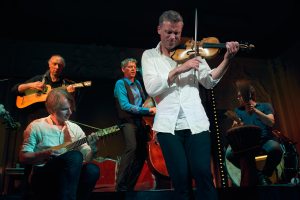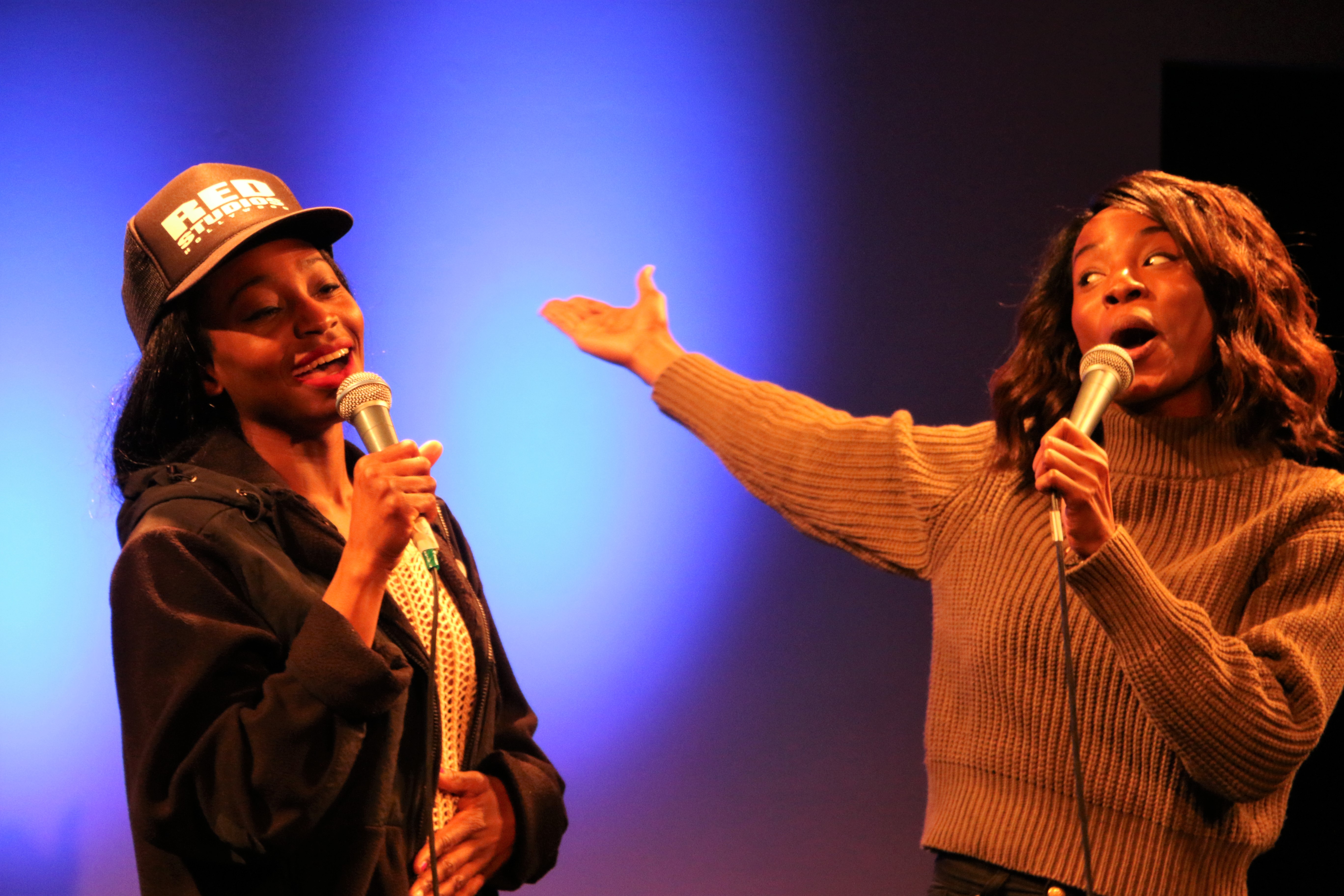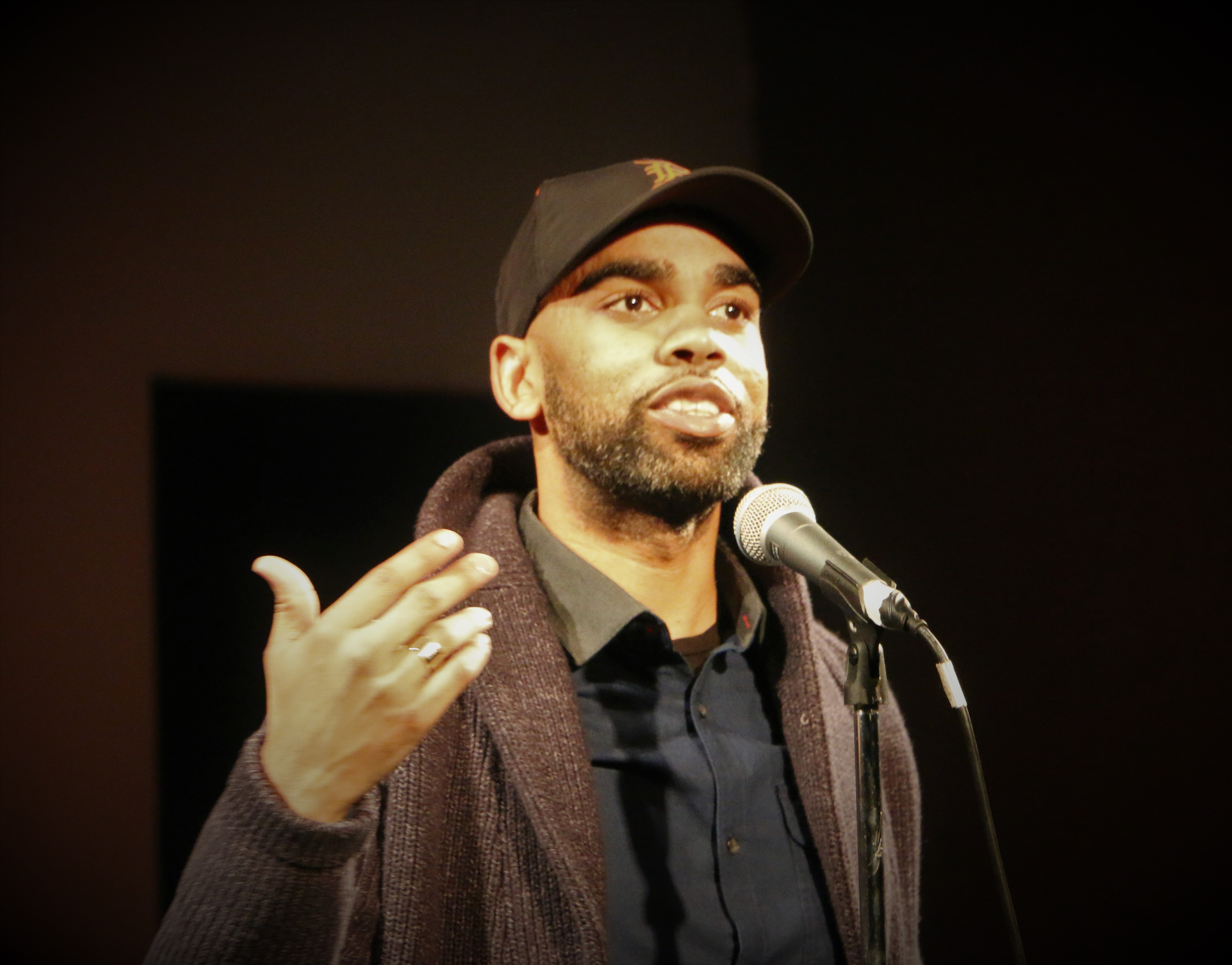By Anne E. Johnson
Science fiction is a genre almost as vast as space itself, and even its sub-genres can be approached in wildly varying ways by filmmakers. Stepping away from Hollywood’s beaten path to indies and smaller releases can uncover astonishing imagination and daring. The following movies available from Kaleidescape, all dealing with space travel and/or aliens, demonstrate this range. From energetic heroes tearing past the stars to exhausted travelers who never asked for such a strange life, these movies represent a bit of all of us.
The Last Starfighter (1984)
Thanks to the original Star Wars in 1977, space became a cinematic backdrop for both individual heroism and humor. Like many movies of the ’80s, The Last Starfighter, directed by Nick Castle and written by Jonathan Betuel tends toward a particular flavor of sweet goofiness. And while it hardly qualifies as lofty art, it’s a fun family movie with excellent alien makeup that looks ahead to the creative wackiness of the Men in Black films.
A young man named Alex (Lance Guest) longs to escape from the trailer park where he grew up. He keeps his sanity by obsessively playing Starfighter, a video game. When he reaches the top level, he’s visited by an alien named Centauri (Robert Preston, resurrecting his Music Man slickness), who recruits Alex as a gunner for a real intergalactic war. Call it Tron meets War Games. In space.
Castle wisely had the spaceships and battle stations animated rather than photographed from models. This not only avoided the inevitable problems of making viable effects for a movie without a Star Wars-level budget, but it also fits thematically with the video game that Alex pictures as he fights. Dan O’Herlihy turns in a touching performance as Grig, the turtle-faced alien who pilots Alex’s ship.
Gattaca (1997)
The longing to escape also underpins the much more serious film Gattaca, but the focus here is on the longing, not the escape itself. Ethan Hawke, as a man born without the genetic preselection that has become commonplace, must take on another identity in order to reach his life-long dream of flying in space. The underlying theme here is defiance against societal prejudice. Writer and director Andrew Niccol employs the trope of a future society that looks perfect and ordered until one scratches the surface to reveal its rotten foundation.
Visually and aurally, it’s a film of great beauty. Michael Nyman’s powerful score is the ideal match for the costumes and Oscar-nominated art direction, together evoking a sepia-toned Art Deco future world. The intriguing story, if a bit too reliant on narration, is given life by a fine cast: Jude Law as the man who sells his identity to Hawke on the black market and Uma Thurman as Hawke’s co-worker at the space-travel corporation, along with appearances by Tony Shalhoub, Ernest Borgnine, and Gore Vidal.
Moon (2009)
Not everyone in space wants to be there, as quickly becomes obvious in Moon. Laboring alone on a lunar energy-mining base, Sam Bell (played by Sam Rockwell) is nearing the end of his three-year contract and can hardly wait to get home to his wife and daughter. GERTY, the computer and its robotic extensions (voiced with HAL-like eeriness by Kevin Spacey), keeps asking Sam if he feels all right. We watch Sam struggle with sudden physical and mental problems until they quickly become extreme, and we wonder with him whether any or all of this is in his imagination. It eventually becomes clear that the movie’s theme is not solitude, but corporate exploitation of workers.
Director Duncan Jones won a BAFTA for this film debut. Gary Shaw’s cinematography is gritty and gray to evoke the lunar atmosphere as well as Sam’s emotional state, while the base interior glows threateningly through orange filters. While the visual illusions are very different from those usually needed in science fiction – I can’t explain without spoilers — they are integral to the plot and well enough executed that they don’t become an annoyance. After Sam’s battle to learn the truth of his own existence, the film’s final moments are psychologically satisfying if physically nonsensical.
High Life (2018)
Solitude in space has a different context for Monte (Robert Pattinson) in High Life, directed by Claire Denis, who also co-wrote the screenplay with Jean-Pol Fargeau. Monte started his voyage with a dozen fellow violent convicts as part of an experimental space-survival program, accompanied by a supervising doctor (Juliette Binoche). For him, space is just another version of prison.
At the movie’s opening, Monte is the only one still alive, with the exception of a baby girl. We learn his backstory through the rapid intersection of his memories, both from his early life on Earth and the more recent time on his current voyage when is co-travelers were still alive. This is a violent tale of blood and sex, society’s outcasts reduced to their most primal urges. In that sense, it’s a horror movie.
The sound engineering is raw and thrilling. Occasionally Stuart A. Staples and his band, Tindersticks, supply spooky electronic atmospherics, but Denis is not afraid of long stretches without music, letting the aging ship’s creaks and groans be the score.
Midnight Special (2016)
One might argue that this film is not about space or aliens. But there are many definitions of being not of this world, and while the child Alton (Jaeden Lieberher) was born of humans on Earth in our own time, he has powers that connect him with something beyond humanity.
In a feat of highly skilled storytelling, writer/director Jeff Nichols starts near the end of Alton’s story, yet explains what led to that point piecemeal throughout the movie without resorting to either flashbacks or the “info-dump” exposition so common in less well-crafted science fiction. Michael Shannon is Alton’s father and the member of a cult called The Ranch, led by a pastor (Sam Shepard) whose sermons are interpretations of the mysterious phrases and numbers that Alton speaks during his “fits.” Among those numbers are coordinates for satellites, which alerts the FBI to Alton’s existence. Alton’s father and a friend, Lucas (Joel Edgerton), are trying to bring Alton to a certain place at a certain time, without knowing why; the cult leadership pursues them, wanting Alton back; the Feds chase both parties, thinking a terrorist attack is in the offing.
Despite this complex, high-stakes plot, the hallmark of this film is its underlying calm. Nichols hints at violence without showing it, thus maximizing the impact of the violent onscreen episode that starts act three. Throughout, the small-mindedness and greed of those in power is muted by acts of love – the father’s sacrifices for his son, Lucas learning to reopen his heart to a friend he lost to a cult, a social scientist (Adam Driver) who really listens, and a mother (Kirsten Dunst, in the best work of her career) who understands that someone can belong to this world and another at the same time.










